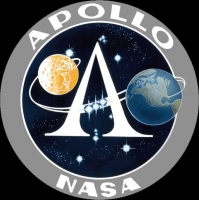
 In a rare bout of overabundant creativity (or inadequate self-restraint), I have finished not one but two CDs for the RPM Challenge. They’re available now on CD from Kunaki.
In a rare bout of overabundant creativity (or inadequate self-restraint), I have finished not one but two CDs for the RPM Challenge. They’re available now on CD from Kunaki.
The first project, Unnatural Disasters, is a more traditional album of 9 tracks in styles running from straight-ahead rock to prog rock to Bitches Brew-era Miles Davis electric jazz to electronica, and running a little over 36 minutes. The music could serve as a soundtrack for a world tour of the strange places I’ve written about in my blog.
Also unnatural but less of a disaster, the second project, a single 38-minute track, is a piece of minimalist electronica with a structure based on the composition of a technetium atom. It is, appropriately enough, entitled Technetium. Up close, the music is ever-changing, yet on a large scale it is completely static; it doesn’t really go anywhere, but it also never precisely repeats in its entire 936 measures. It went from concept to completed album in about 6 hours, which is the half-life of technetium’s least-stable isotope.
You can learn more about the two projects, and listen to streaming versions of all tracks from the albums, by clicking on their respective covers to the right.



